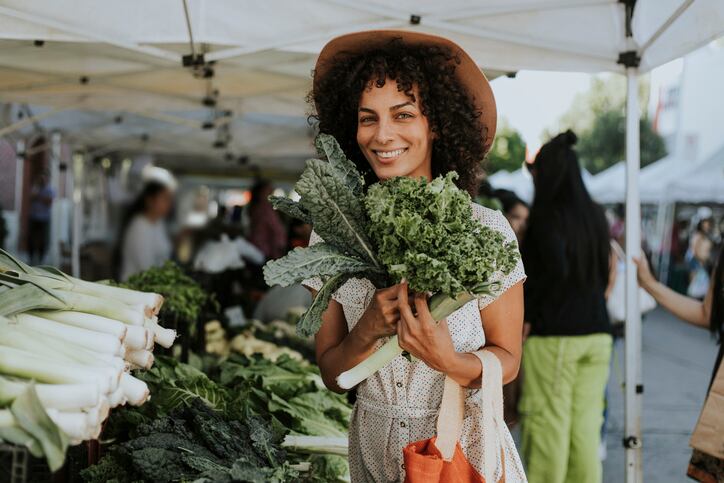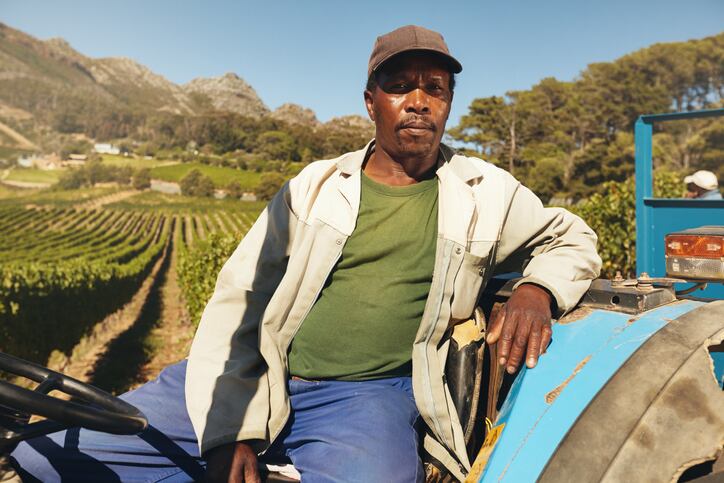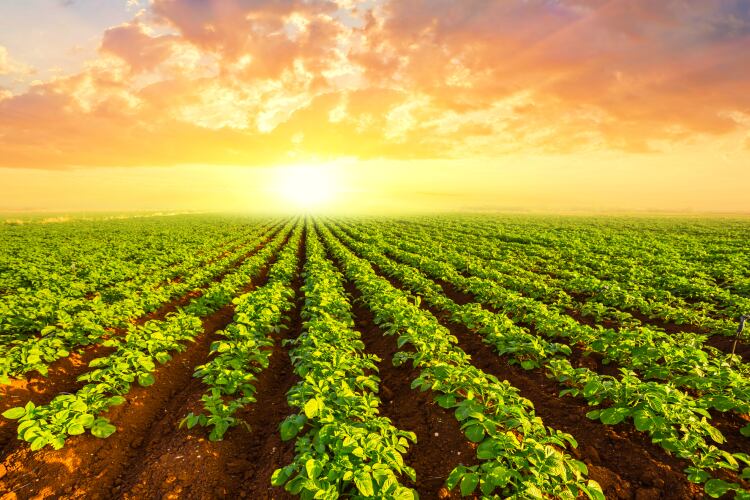“When you look at the supply chain – not just the delivery of the food to the retailer – but from the very, very beginning of agriculture, we are looking at a supply chain, a value chain that was probably designed in the 1800s, if not even earlier. And it has been changed by Band-Aids, rather than a full overhaul, and that is because it is really expensive and really hard,” Mitch Presser, co-chair of global food and agriculture at Morrison Foerster, told attendees at a FoodBytes! virtual forum Feb. 24 to discuss improving resource management.
He explained that the high cost of a full overhaul would require buy-in from stakeholders at every stage in the value chain – farms, manufacturers, retailers, the government and consumers – but every level is not equally incentivized or financially capable of bankrolling change at scale at the same time to drive significant impact.
For example, he explained, farmers may have an outsized incentive and ability to improve the environment and stabilize the supply chain, but they face the tightest financial constraints and are limited in their ability to adopt new technologies and methods quickly and at scale with support or a guaranteed return on investment.
“Return on investment is really, really important living in a low-price commodity cycle. That means farmers are living on the edge every day and every season they have to turn a profit or they may not make it to the next seasons,” Presser said.
Sam Taylor, a farm inputs analyst with RaboResearch at Rabobank agreed, adding, “the notion that the farmer is going to shoulder some of the increased costs of changing practices when it comes down to the environment is a little misguided” given that “for every dollar of food consumed by the consumer, the farmer gets 8 cents of it.”
Still, both men agreed that to change the food system, farmers must play a key – an early moving – role in the process.
“A big challenge to my mind as investor then, is really how do we reconceive things and how do we create systems [that] … drive the return on investment or for farmers to be incentivized to drive change that benefits society and benefits all of us?” Presser asked.
Manufacturers must lead the change
One solution is for CPG companies to act as a “bridge” between farmers, retailers, consumers and other stakeholders to create demand for more sustainable products that could eventually cover the costs of updates at the farm level, suggested Anne Greven, global head of food and ag innovation at Rabobank, and moderator for the FoodBytes! discussion.
She acknowledged that this would require fronting some initial costs with an unclear timeline for return on investment, but she suggested that most manufacturers and CPG brands are financially capable of taking on these expenses.
“We do see balance sheets at larger food companies, and they are not troubled. We have seen them actually, in some cases, be quite robust. And so, has there been an underinvestment from that level all the way down to adopting new technologies?” she asked.
Presser agreed that change must begin with manufacturers and CPG brands, and that while the timeline may be unclear now, ultimately, they would reap a return from consumers.
He explained most consumers are interested in supporting more sustainable food production practices, but “there is a collective action issue, and so [change] must be driven by people at the bottle necks who are effectively going to be representing that consumer desire,” which includes the “Pepsis of the world and the Cargills of the world.”
Many CPG companies already are stepping into this leadership role, Taylor said, noting the recent uptick in commitments to improve their environmental footprints. These public declarations create a progressive feedback loop that generates consumer interest and support, which then requires companies to invest in the supply chain and farms to meet their goals and shopper expectations, he explained.
“We are pushing into an environment where farmers might have economic feasibility to address one of the biggest hurdles to change. They might be able to invest in some of these underlying technologies, which can quantify and qualify change practices,” he said.
Government’s role
This in turn also could act as a bridge to “the kind of regulatory framework to enable this to continue at a greater pace,” Taylor said.
He explained for change of the magnitude needed to occur, governments likely will need to offer subsidies until consumer sentiment has reached a point that it can offer more substantial financial support.
He also noted governments will need to help standardize and hold accountable players across the supply chain for their commitments to have material scalability.
Globally, Taylor predicts the North American and Latin American markets likely will move first to create regulatory frameworks that support the evolution of the food system before it happens in the European market. Specifically, he noted, this likely will be the case with carbon sequestration.
While there are many moving parts and the investment levels and payouts will vary dramatically and over time, Taylor said he is confident that “by hook or by crook” positive changes to the food system will come and farmers will be provided higher value propositions for more environmentally friendly production.




